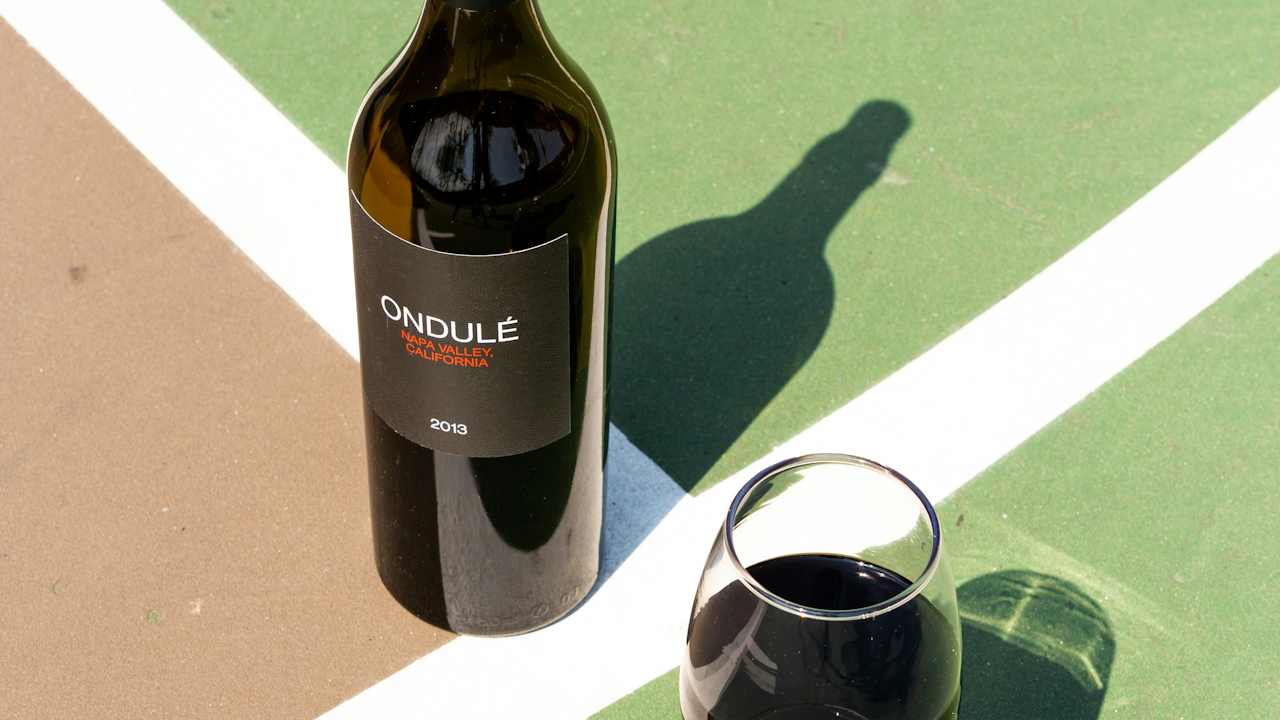The term “vintage” is often seen on wine labels, carrying an air of quality, history, and sometimes exclusivity. In its most straightforward definition, a vintage wine is one that is made from grapes harvested in a single, specific year. That year, the vintage year, is prominently displayed on the bottle.
This simple designation is, however, deeply tied to the complex agricultural and viticultural process, making it a crucial indicator of a wine’s character and potential longevity.
The Role of the Harvest Year
The most important factor defining a vintage is the harvest. The year printed on the label indicates when the grapes were picked. For a wine to be legally labeled with a vintage year, regulations generally require that a very high percentage—often 85% or more—of the grapes used to make the wine must have been harvested in that year.
This contrasts with non-vintage (NV) or multi-vintage wines, which are common in sparkling wines like Champagne or certain fortified wines. Non-vintage blends are created by mixing wines from several different harvest years to maintain a consistent house style, regardless of yearly variations.
The Influence of Weather and Terroir
The real significance of a vintage year lies in the weather conditions and how they affected the grapes throughout the growing season. Wine quality is inherently linked to nature, making every vintage a unique fingerprint of that year’s climate.
Ideal Conditions
A great vintage is typically the result of optimal weather:
- A mild spring with no late frosts that damage newly budded vines.
- A warm, dry summer to promote the development of sugars and tannins.
- A sunny, dry period leading up to the harvest to ensure the grapes reach physiological ripeness—where not just sugar levels but also flavor compounds and tannins are fully developed.
Challenging Conditions
Poor vintages occur when the weather is unfavorable:
- Excessive rain during the growing season or near harvest dilutes the grape juice, resulting in lighter-bodied wines with less concentrated flavor.
- Extremes of heat or cold, hail, or pests can reduce the yield and negatively impact the quality of the remaining fruit.
Therefore, the vintage year allows a buyer to immediately understand the general quality and character of the wine, especially in regions with historically variable climates like Bordeaux, Burgundy, or the Mosel.
Vintage in Specific Wine Types
The importance of the vintage varies depending on the type and style of the wine.
Still Table Wines
For the vast majority of premium still wines—such as Barolo, Napa Cabernet Sauvignon, or fine Burgundy—the vintage is extremely important. Producers will often try to mitigate the effects of a poor year through careful vineyard management and rigorous selection, but the quality of the finished wine will always be largely dictated by the quality of the raw material from that specific year. A difference in vintage can mean a difference in longevity, flavor intensity, and price.
Fortified Wines
In certain fortified wines, like Port, the decision to declare a vintage is a significant event. A Vintage Port is produced only in years deemed exceptional—perhaps only three or four times per decade—where the grapes are of such quality that the wine is expected to age for decades. In non-declared years, the grapes go into other styles of Port.
Sparkling Wines
Most Champagne is non-vintage (NV). Vintage Champagne is produced only in the very best years, using 100% of the grapes from that harvest. These are generally richer, more complex, and age for longer than their NV counterparts.
Vintages and Ageing
The vintage year is also a key indicator of a wine’s potential for ageing. Wines from a highly-rated vintage generally possess the structure—the right balance of acid, alcohol, and tannins—to evolve positively over many years, sometimes decades.
When a consumer checks a vintage year on an older bottle, they are confirming two things:
- The Wine’s Age: How long the wine has been resting in the cellar.
- The Vintage’s Reputation: Whether the quality of the grapes from that year was historically considered excellent, average, or poor, which impacts how well the wine may have aged.
Ultimately, “vintage” is more than a date on a bottle; it is a snapshot of a specific growing season captured in the glass, offering insight into the environmental factors that shaped the wine’s identity.

